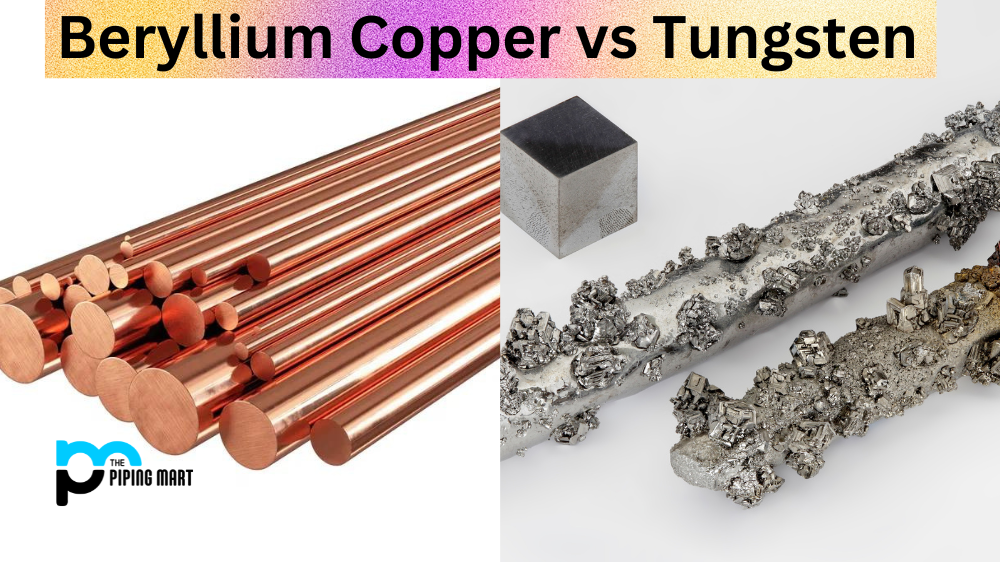Welding is a necessary process used in a variety of industries. It involves joining two pieces of metal together using intense heat and pressure. One of the metals that are often used in welding is nickel-plated steel. This type of steel has been coated with a thin layer of nickel, which gives it additional strength and corrosion resistance. But before you can weld this material, there are some essential things you need to know. Let’s take a look at what welding nickel plated steel entails.
Types of Welding Techniques for Nickel-Plated Steel
Nickel-plated steel can be welded using several different techniques, including gas tungsten arc welding (GTAW), gas metal arc welding (GMAW), shielded metal arc welding (SMAW), flux-cored arc welding (FCAW) and plasma arc welding (PAW). Each technique has its advantages and disadvantages, so it’s essential to understand the one best suits your project before you begin.
Safety Considerations When Working With Nickel-Plated Steel
When working with any metal, safety should always be the priority. When it comes to nickel-plated steel, it’s important to remember that this material gives off toxic fumes when heated. To protect yourself from these fumes, always wear a NIOSH-approved respirator or face mask when welding this material. Additionally, wear safety goggles, other protective eyewear, and gloves when handling hot materials or tools during the process.
Tips for Successful Welding With Nickel-Plated Steel
When welding nickel-plated steel, it’s essential to use the correct heat settings and filler materials to ensure a strong bond between the two pieces of metal being joined together. To ensure optimal results, use high-temperature environments and choose a filler material compatible with the base material being welded together. Additionally, ensure that all dirt and debris are removed before beginning the process so that there are no contaminants present during the weld. Finally, practice makes perfect! The more experience you have working with this material, the better your results will be.
Conclusion:
Welding nickel-plated steel requires knowledge and careful preparation to achieve optimal results. By understanding how different welding techniques work with this material and taking appropriate safety precautions when working with it, you can ensure successful outcomes every time you start a new project involving nickel-plated steel. With enough practice and dedication, you can become an expert welder in no time!

Meet Bhavesh, a seasoned blogger with a wealth of knowledge and experience. From metal products manufacturing to retail, Bhavesh has a diverse background in various industries and is dedicated to sharing his insights and expertise with readers.




